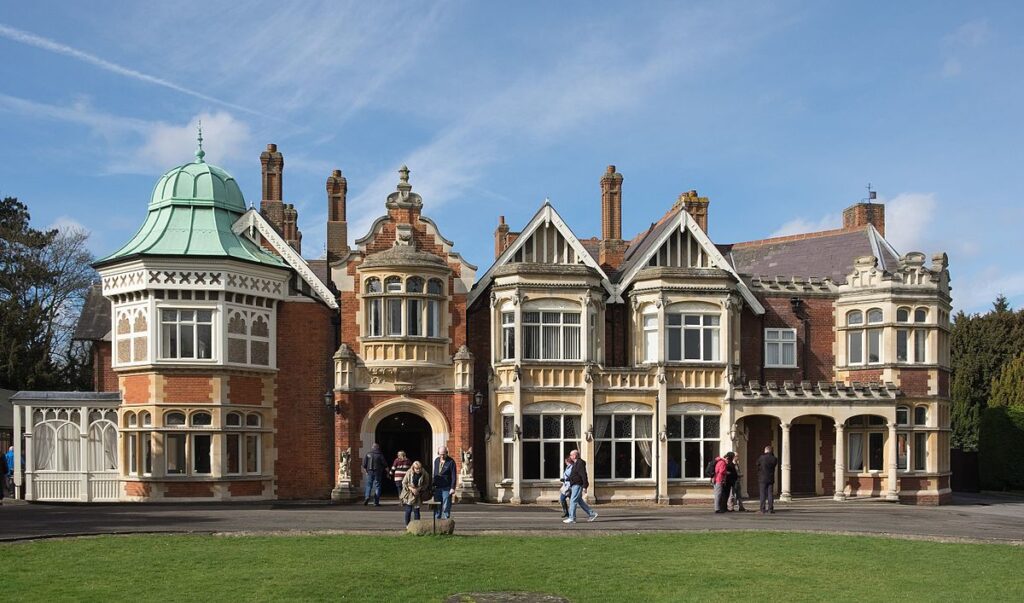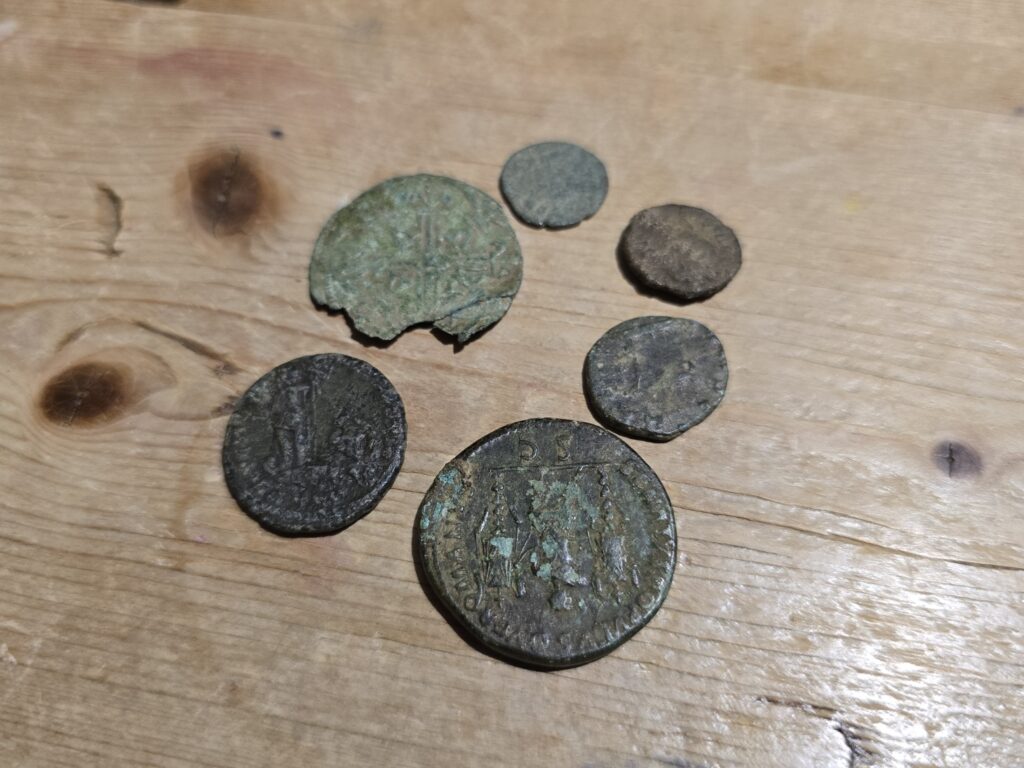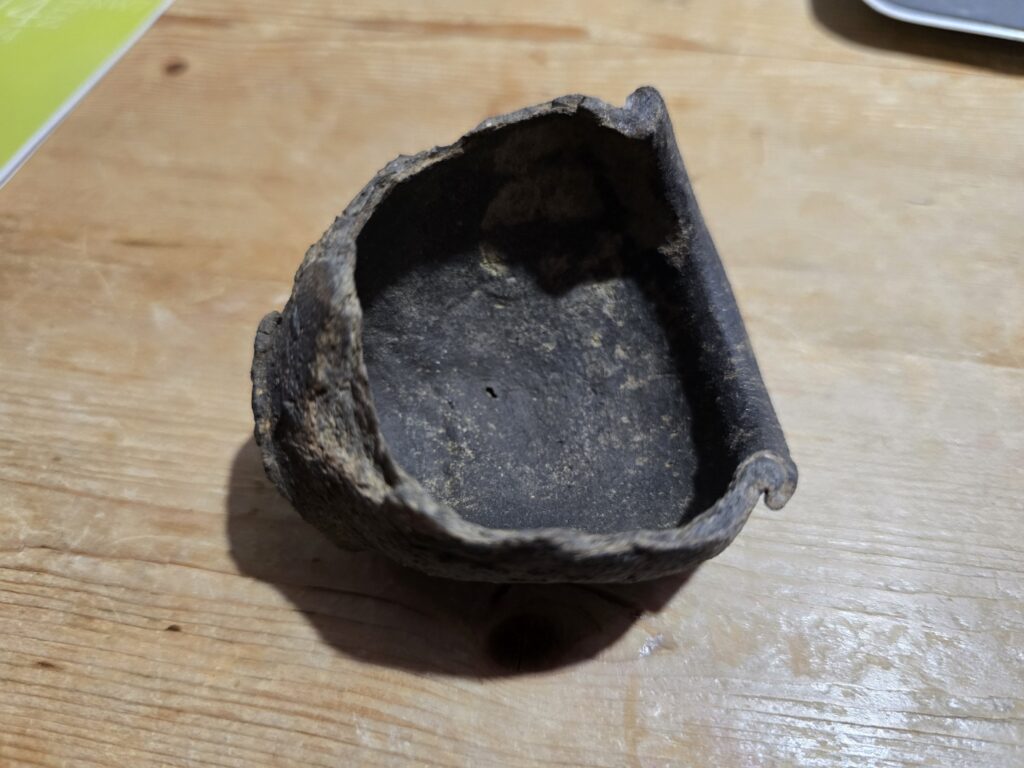I left school in summer 1978 and wanted to leave home. Or at least give it a try. This wasn’t easy but one way to do it was to volunteer on an archaeological dig.

The Department for Environment, Food and Rural Affairs, or whatever it was called in 1978 was responsible for archaeological digs and they got accommodation for their staff and volunteers, at least where I went, from the Ministry of Defence. So I spent the winter of 1978/79 in a muddy trench digging up relics, or the archaeology, of Magiovinium near Bletchley.

The thing was, the accommodation was in Bletchley Park, the principal centre of Allied code-breaking during the Second World War. We knew that that was how the Park had been used during the War, but the activities and importance of the code breaking wasn’t understood at the time. Indeed, it wasn’t until 2014 that an £8 million restoration project was completed and a museum or heritage centre opened.
In the main, I remember the hut accommodation as almost unbearably cold with ice on the inside of the windows in the mornings. A lot of the mansion’s windows were broken and pigeons’ nested in the building. Digging in winter was “working in the most adverse conditions”. After a day’s digging we used to stop at Sainsbury’s in Bletchley. That was partly to do some shopping but also to collect cardboard boxes to put under the mattress to insulate us from the freezing floor. How anyone broke a code, at least in winder, is beyond me.

I used to spend my lunch breaks scrambling over the spoil heaps. If you found an artefact on the heaps, where the archaeology was already lost, unless it was something special, the pot-washer and finds officer would let you keep it. Hence the few pictures I have. The dig yielded 874 kg of sherds.
Historic England’s entry for the Roman town of Magiovinium and Roman fort can be viewed here. The Google search is here and, better, Google images here (I didn’t have a camera then). Search results from the Milton Keynes Heritage Association are here. Excavations at Magiovinium, Buckinghamshire, 1978-80 is the most detailed with lots of drawings and pictures here (long pdf).
By the way, I found dead body. At least the skeletal remains of a Roman or whoever lived, and died, in Magiovinium. The local Coroner had to come to the dig.

Excavations at Magiovinium, Buckinghamshire, 1978-80. Long pdf here